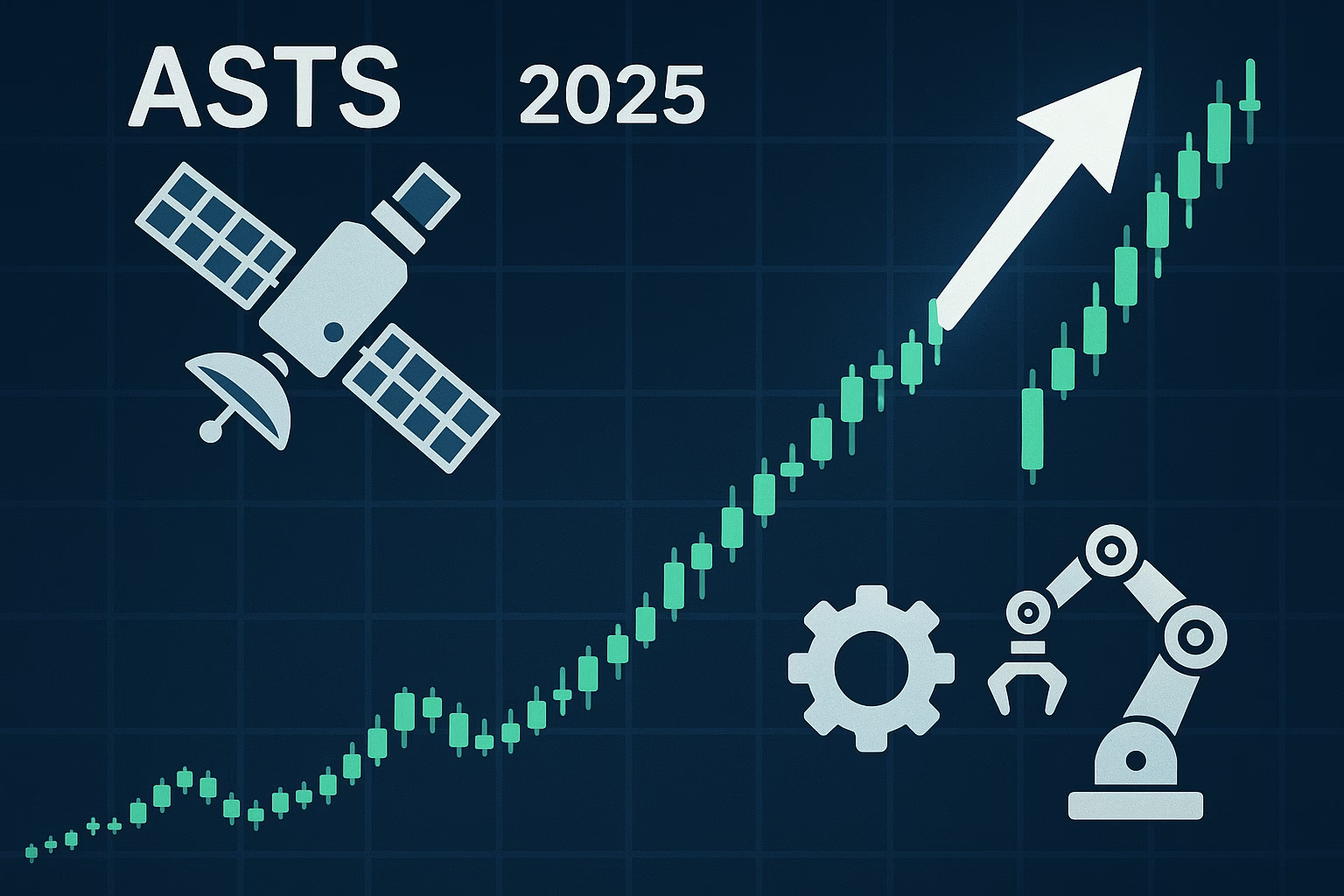On Monday (March 17th), the Organization for Economic Cooperation and Development (OECD) downgraded its global economic growth outlook, warning that the trade war launched by President Trump will negatively impact economic growth in the United States, Canada, Mexico, and beyond. The broader trade conflict is expected to further weaken the global economic outlook.
Global Economic Growth Forecast Revised Downward
In its latest Global Economic Prospects report, the OECD predicts:
- Global GDP growth of 3.1% in 2025 and 3.0% in 2026, revised down by 0.2 and 0.3 percentage points from its December 2024 forecast.
- The U.S. economy is now expected to grow at 2.2% in 2025 and 1.6% in 2026, marking a 0.2 and 0.5 percentage point decline from previous projections.
- Mexico’s economy will be hit the hardest, expected to shrink by 1.3% in 2025 and 0.6% in 2026, rather than growing by 1.2% and 1.6% as previously expected.
- Canada’s economy will slow to just 0.7% growth in both 2025 and 2026, well below the previous 2% forecast.
- Eurozone GDP is projected to grow 1.0% in 2025 and 1.2% in 2026, both down 0.3 percentage points from prior estimates.
Trade Barriers, Inflation, and Investment Decline
The OECD cites several key reasons for the downward revision:
- Rising trade barriers between nations
- Declining business investment due to geopolitical and policy uncertainties
- Weakened household spending as inflation and economic risks mount
- Disruptions to global supply chains, impacting economic stability
While tariffs may provide short-term revenue for the U.S. government, the OECD warns that they will impose long-term economic costs, making them fiscally unsustainable.
Trade War’s Impact on the U.S.: Households and Inflation
The OECD warns that American households will bear the brunt of the trade war, facing:
- Higher costs on imported goods
- A slowdown in economic growth
- Increased inflationary pressures
If tariffs on all non-commodity imports were raised permanently by 10%, the OECD estimates:
- Global GDP would decline by 0.3 percentage points in the second and third years.
- Global inflation would increase by 0.4 percentage points on average over three years.
- The U.S. economy would shrink by 0.7 percentage points in the third year.
- Direct costs to American households could reach $1,600 per household.
Inflation Forecast: Higher for Longer
The OECD now expects higher inflation than previously projected:
- G20 inflation is forecasted to drop from 5.3% in 2024 to 3.8% in 2025 and 3.2% in 2026.
- U.S. inflation is now expected to be 2.8% in 2025 and 2.6% in 2026, up 0.7 and 0.6 percentage points, respectively.
With persistent inflation, central banks—especially the Federal Reserve—will likely be forced to keep interest rates higher for longer, further slowing economic growth.
Final Thoughts
The OECD warns that Trump’s escalating tariff war could push the global economy into further turmoil, with the U.S. bearing a significant economic burden.
If trade tensions continue to rise, the economic damage could be much worse than currently forecasted, impacting business investment, consumer spending, and long-term growth prospects worldwide.
Stay tuned for further economic updates.





